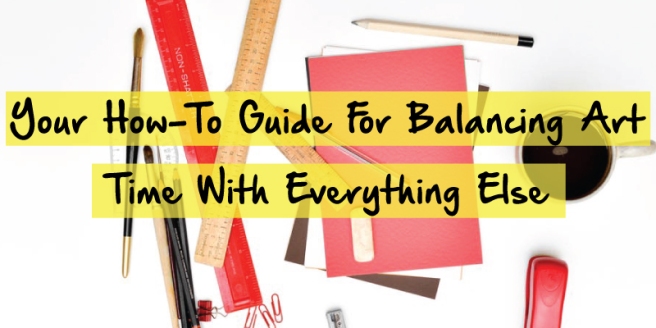
Photo by Pixabay
When you’re struggling with mental illness or addiction recovery, the world can seem like a very dark and scary place: It’s tough to get your mind away from the emotional demons that haunt you. That’s why taking up a new hobby can help you channel your stress and boredom into a whole new activity.
Hobbies keep us entertained as well as motivated. We take up hobbies for varying reasons, from stress reduction to socializing. Some hobbies stick while others end up in a box in the closet, but trying something new is always a good start.
It turns out that having a hobby is more than just fun — it’s good for you, too. It gives you an outlet for creativity; it keeps your mind engaged; it gives you a chance to socialize; it gives you something to be passionate about; and it can give you a sense of accomplishment.
Some hobbies, such as art, woodworking and sewing can even help those in addiction recovery because it gives them a new target instead of the destructive focus of addiction. When the urge to drink or use drugs hits, participating in a creative hobby steers the mind back to the immediate task at hand and helps give the brain a new place to center.
Here are some hobbies that might help you with your behavioral health struggles:
Learn an instrument — Learning to play music can increase cognitive function in your brain and can raise your IQ by seven points! Scientists have found that musicians have functionally and structurally different brains than the rest of us, and this skill of learning and improving can help us in our day-to-day lives. Plus, once you learn to play, you can entertain your friends and family with your mad skills.
Read a book — A lot of people read, but most don’t consider it a hobby or passion. However, it should be. Reading keeps your brain sharp. Reading a challenging tome, such as a nonfiction book or classical epic, sharpens your reading comprehension and can reduce stress.
Cut a rug — Dancing is good for mind, as well as body. When you learn some new steps, you’re challenging your coordination skills while you exercise. Exercise increases your body’s production of endorphins, which boost your mood and give you a sense of well-being. Plus, if you learn to dance with a partner, you’ll make a new friend and have a few laughs.
Knit your brow — Textile arts such as knitting, crocheting and sewing are excellent for building your focus and giving you a sense of accomplishment. Many people learn to knit when they quit smoking so that their hands can stay busy. It’s something you can do while watching TV or you can join knitting clubs where you can make new friends. When you’re finished, you’ll have made something amazing for yourself — or to give as a gift.
Meditation — Meditation is a skill to be learned like any other. It may seem simple, but forcing your mind to sit still is no easy task. Yoga is a good way to start because meditation is often practiced alongside yoga (and you’ll get the physical benefits of yoga). Meditation is also good for relieving stress, anxiety and improving sleep.
Visual arts — You may not think you have the ability to create beautiful art, but you’re probably wrong. Taking an art class or participating in art therapy can help you express your creativity and give you a real sense of accomplishment. Drawing, painting and even just coloring in a coloring book can be meditative and healing.
Whatever your passion turns out to be, picking up a hobby will improve your life in ways you didn’t expect.
written by Aimee Lyons over at diydarlin.com






